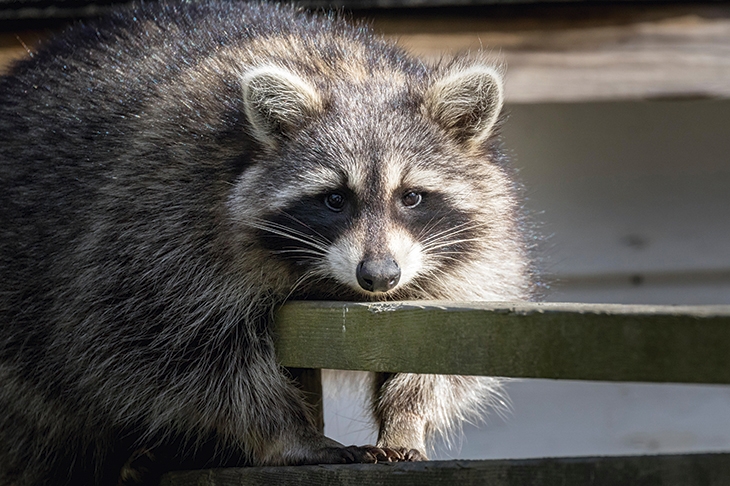I was shocked some years ago to discover, as I scratched bites on my ankles on holiday on Maui, that mosquitoes are not native to Hawaii. They first arrived in the 1820s, in barrels of water from a visiting ship. Of course, the climate was perfect for them, and they settled in very happily. But we could have had tropical islands free of them — and the risk of diseases they can carry.
The story of invasive species is often one of accidental introduction. Or of misguided humans who think they are somehow setting a creature ‘free’ — like the group of Buddhists who released hundreds of foreign lobsters from a boat off the English coast in 2015 as part of a religious ceremony. (They were later fined £15,000 for environmental damage, and extensive efforts were made to recover the crustaceans.) Or even more humbly, those who put their goldfish in a local stream — helping to contribute to the population of invasive fish. (In tanks, goldfish remain small, but set free they can grow to weigh several pounds.)
We also tend to forget that ‘native’ is a relative concept. Dan Eatherley explains that in Britain the marker used is whether the species was present before the last Ice Age. But many of the animals we think of as natural country-dwellers arrived after that time. The most obvious is the rabbit, whose presence has been encouraged and discouraged with human fashions and agricultural changes. Even the house sparrow and house mouse, their names reflecting domesticity and belonging, are not native either, although they arrived a long time ago.
Most of our domesticated animals are non-native, and farm livestock tend to be hybrids from different parts of the world. DNA shows that our cattle can be mostly traced to ancient Syria. They spread across Europe with different waves of migration.
Wherever humans have gone, we’ve taken other species with us, either deliberately (our pets and livestock) or accidentally (stowaways on our ships; seeds attached to our clothes). Many introductions have been devastating in their environmental impact, such as the domestic cat, which has spread in feral populations across the world. The age of colonisation accelerated the rate of these introductions.
But obviously not all arrivals have been bad. Species exchange has enriched our diets — with the potato, tomato and sweetcorn, for example — as well as our lives. We love gardens full of diverse flowers, with their origins across the world. We grow tulips and azaleas and eat pumpkins and blueberries. When contained, these species are good. It’s when they jump the fence and start upsetting the local ecosystem that they become invasive.
Today’s globalisation, of course, means new arrivals travel even faster. We have all seen local stories of the type where a horrified shopper discovers a tarantula in a bunch of bananas. Stowing away with air-freighted produce is a quick way for species to land in a foreign territory. The majority of newcomers such as banana tarantulas won’t form a sustainable population or naturalise. But for a small proportion, their new home will be a paradise, as it was for the mosquitoes in Hawaii — free of whatever predators they left at home, and perhaps offering novel and easier food sources.
In Britain, the fastest spreading invasive species is the harlequin ladybird (originally from Asia). In the past 15 years these have been cutting a swathe through the native ladybird population (the harlequins are larger and kill the hapless natives). They also reproduce constantly, while the natives breed only once a year. Harlequins were introduced to North America in the 1980s to control aphids feeding on crops, and Eatherley reminds us that such deliberate introductions have been the cause of many species invasions.
It’s been a long time since there was a pet shop at Harrods selling leopards and monkeys, but exotic animals are still around, some of them on the loose. The fad among Victorian aristocrats for stocking their estates with a variety of new creatures was the source of some of the naturalised species that cause problems today, from grey squirrels to muntjac. There is even a small population of wallabies in the Peak District, but they have not spread far, with cold winters keeping their numbers in check.
Raccoons are also now at large in Britain. Mystifyingly, the requirement for owners to hold a permit was lifted in 2007, and they are apparently gaining popularity as pets. If history has taught us anything, it’s that pets soon form feral populations. Especially in urban areas, without large predators to threaten them, those stripy-tailed little scavengers will have no trouble making themselves at home. Brace yourselves (and lock the catflap).






Comments